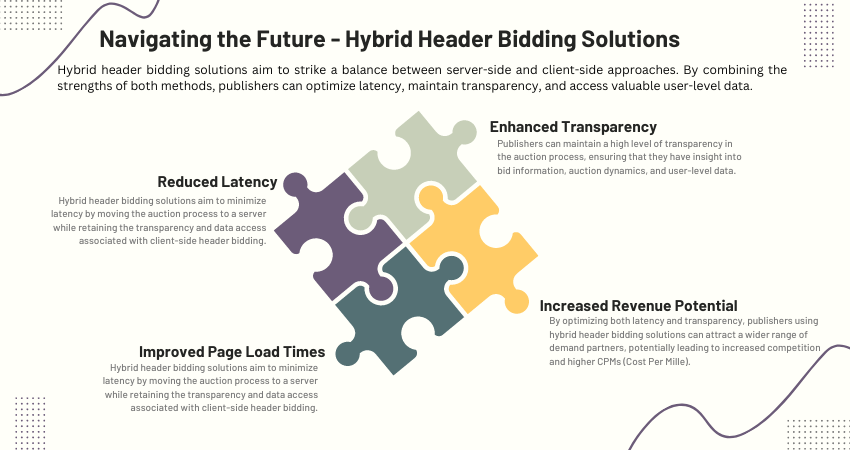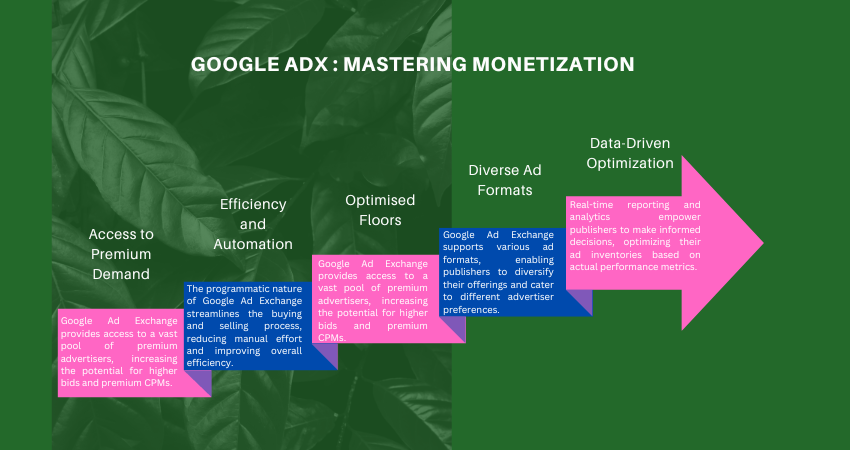
Optimizing Publisher Ad Inventories: A Guide to Programmatic Advertising
In the fast-paced world of digital advertising, publishers are continually seeking ways to maximize revenue and enhance the efficiency of their ad inventories. Programmatic advertising has emerged as a powerful tool in achieving these goals. This blog post will explore the strategies and best practices for publishers to optimize their ad inventories through programmatic ads, unlocking the potential for increased revenue and improved user experiences.
Understanding Programmatic Advertising:
Programmatic advertising involves the automated buying and selling of digital ad space through real-time auctions. This technology-driven approach replaces traditional manual processes with algorithms and data-driven decision-making, enabling advertisers to target specific audiences with precision. For publishers, embracing programmatic advertising opens up new opportunities for optimizing ad inventories.
Key Strategies for Optimizing Ad Inventories through Programmatic Ads:
-
Audience Segmentation and Targeting: Leverage the power of programmatic advertising to segment your audience based on demographics, interests, and behavior. This allows publishers to deliver more relevant and personalized ads, increasing the likelihood of engagement and conversions.
-
Dynamic Ad Placement: Programmatic advertising enables dynamic ad placements, adjusting the content and format of ads based on user behavior and preferences. This flexibility ensures that the right ad is displayed to the right audience at the right time, maximizing the impact of each impression.
-
Header Bidding Integration: Implementing header bidding can significantly improve the efficiency of programmatic ad sales. This technique allows publishers to offer ad inventory to multiple demand sources simultaneously, leading to increased competition and higher CPMs (Cost Per Mille).
-
Ad Quality and Creatives: Ensure that the creatives submitted by advertisers meet high-quality standards. Programmatic ads are only as effective as the content they deliver, so maintaining a focus on ad quality contributes to a positive user experience and encourages repeat visits.
-
Real-Time Analytics and Reporting: Utilize real-time analytics to monitor the performance of programmatic ads. Access to immediate data allows publishers to make informed decisions on optimizing ad inventories, adjusting strategies based on what works best for their audience.
-
Ad Blocker Mitigation: Programmatic advertising offers solutions to mitigate the impact of ad blockers. By delivering non-intrusive, relevant ads and respecting user preferences, publishers can maintain revenue streams even in the face of increasing ad-blocker usage.
-
Ad Viewability and Placement Optimization: Optimize the placement of programmatic ads to ensure high viewability. Strategic ad placements within the content and consideration of viewability metrics contribute to better performance and increased advertiser satisfaction.
Benefits of Optimizing Ad Inventories through Programmatic Ads:
-
Increased Revenue Streams: Programmatic advertising facilitates competition among advertisers, resulting in higher CPMs and increased revenue for publishers.
-
Efficiency and Automation: The automated nature of programmatic advertising streamlines processes, reducing manual workload and enabling publishers to focus on strategic initiatives.
-
Enhanced User Experience: Delivering targeted and relevant ads enhances the overall user experience, reducing ad fatigue and increasing user engagement.
-
Data-Driven Decision-Making: Access to real-time data empowers publishers to make informed decisions, optimizing ad inventories based on actual performance metrics.
Programmatic advertising is a game-changer for publishers looking to optimize their ad inventories. By embracing data-driven strategies, refining ad placements, and prioritizing user experience, publishers can unlock the full potential of programmatic ads, resulting in increased revenue and sustained success in the dynamic digital advertising landscape.




.png)